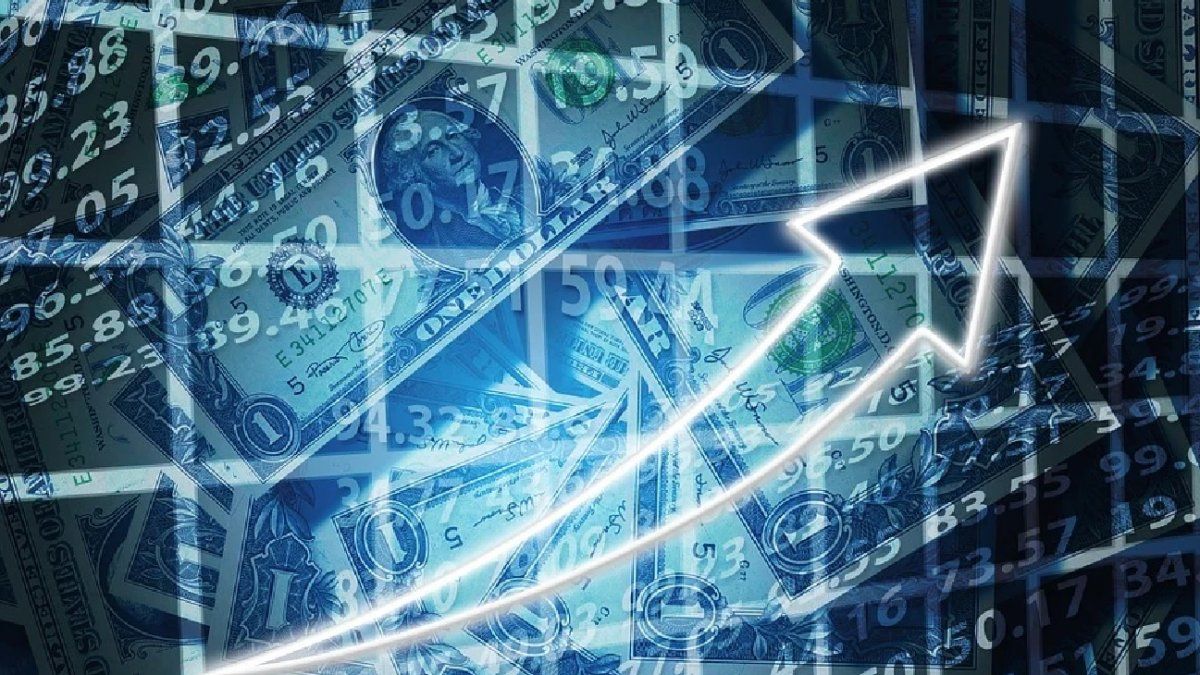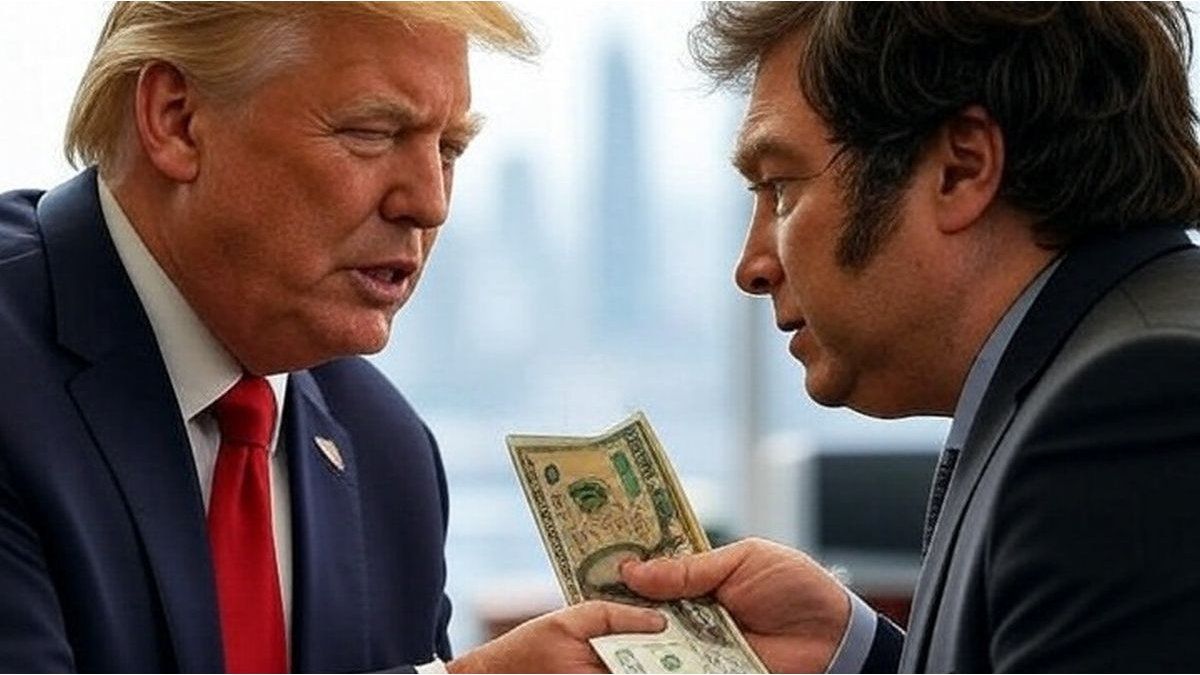Let’s see the evolution of the price of blue, since 2020:
B1.png
The blue reached $224, a new record in nominal terms, after the recent tragic events. Which were? The dramatic drop in CER bonds, country risk on fire and dollar bonds hitting new lows. As always, the dollar acts as a safe haven.
Uncertainty dominates the scene in our country. In addition to the usual problems (inflation, fiscal deficit, little confidence), in the remainder of June there is a tough test that the government will have: refinancing a huge number of maturities in pesos on the 30th.
In Argentina we are used to an innumerable number of exchange rates. The main ones are the following:
The wholesale dollar is a reference for foreign trade, the payment of dollarized debts and dividends. In addition, it corresponds to the official dollar rate that the Central Bank charges retail banks. While the MEP dollar is what a dollar costs in Argentina (through the purchase and sale of bonds) and the Cash with Liquidation dollar (CCL) is what a dollar costs abroad.
We are missing the Blue, the parallel or informal market dollar, which is marketed through financial companies.
The interesting thing about the latest movements was the narrowing of the gap between the informal dollar (blue) and the formal ones (MEP and Cash with Liquidation). What does this mean? While last week there was a gap of more than $10 between the blue and the MEP, this week it narrowed to just $3.
By volume and liquidity, those who “send” They are the MEP and Counted with Liquidation. The blue dollar operates in a much smaller market and is affected by different seasonal variables, in addition to movements in the informal economy.
A valid explanation for the rise of the blue dollar is the large gap that existed with the formal dollars. Many investors could take advantage of this disarbitration, selling dollars via MEP or Cash with Liquidation. Then, with those pesos, they could resort to the blue dollar. It should be clarified that, in this way, they went from formal dollars to informal dollars. This maneuver “illegal” left a juicy profit of the order of 5%.
The current gap between the informal dollar and the formal ones is now at minimum values, after the $10 difference that existed days ago. Like any market, when the misarbitrations are very large, the prices tend to get closer.
what can we expect
The reality marks that the situation is very delicate. It is enough to see the evolution of the reserves of the Central Bank, in a context of record exports from the countryside. In June, they accumulate a drop of US$510 million.
The market will be very attentive to the evolution of maturities in pesos at the end of the month. As is known, the dollar is a great thermometer for the Argentine economy.
Another of the thermometers is the country risk, which marked a new maximum of 2,277 points. In addition, dollar bonds already yield above 40%. And the downward pressures on CER bonds are not letting up. Signs of pure mistrust in this government.
In an extremely adverse economic context, the ticket will continue to rise. We’ll see until when…
To finish, I would like to invite you to download for free a report that I prepared with 7 Argentine stocks to take into account, as long as the market agrees: Financial chart – Argentine stocks.
Source: Ambito




